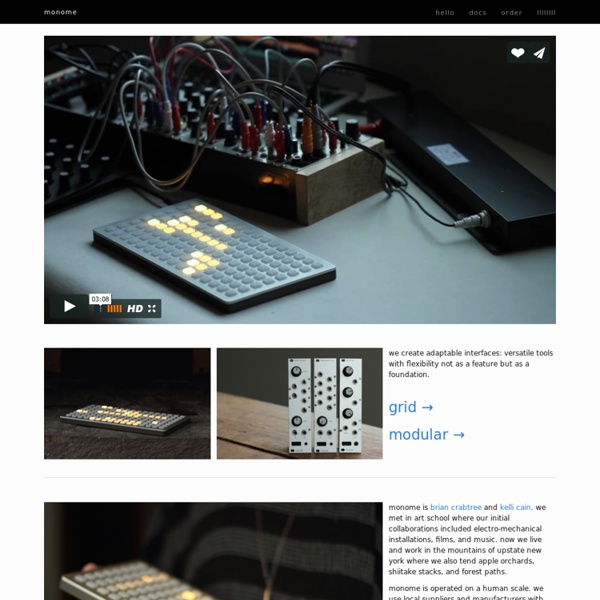



JOseph Bertolozzi's - Bridge Music Photo: © 2006, Spencer Ainsley for The Poughkeepsie Journal Click to hear the Top-Twenty Billboard-charting first music composed for suspension bridge, or here for NY Times video story. Click here for a printable map & directions. Here for Google Maps, approaching the bridge from the east or from the west. Joseph Bertolozzi’s latest public art project Bridge Music, is a unique sound-art installation featuring the Mid Hudson Bridge as the instrument itself. Launched during the 400th anniversary celebrations in 2009 of Henry Hudson’s voyage up the Hudson River, Bridge Music was created by recording the sounds of bridge’s surfaces (guard rails, girders, etc.) with various mallets and using those sounds to compose new works, making the Mid Hudson Bridge the largest percussion instrument in the world. Photo: © 2007, Bob Rozycki for Westfair Business Publications The Listening Stations on the bridge’s towers are the most visceral way to experience this work. Photo: © 2009 by Ed Thompson
WOW | HEAVYLISTENING This is how it works: look at two slightly different sine tones as functions. You can simply add up their values at any given time and you will get a third function. This is the resulting sound wave. Look closely at the graph – when the oscillation of tone A is at its positive peak (+1), while tone B is at its negative peak (-1), they add up to zero. Thus, no air is being moved: the tones cancel each other out, resulting in complete silence for a fraction of a second. Then they start to shift out of phase again, until two positive peaks are aligned, resulting in a doubled value (1 + 1 = 2, simple as that). A lot more information on this can be found online, but don’t worry about the maths too much: you can enjoy WOW even if you don’t understand exactly what is going on.
Casey Lin's 'Timbre Speaker' Mixes Music with Materials for a New Audio Experience Posted by Ray | 19 Jun 2013 | Comments (2) Although vinyl acolytes swear by the unmistakable warmth of analog media, there's no denying the advantages of the mp3 or its cousins: Between the ease of distribution, sheer convenience of having thousands of available at one's fingertips and availability of playback devices, the digital format is now the norm (resurgence in record sales—500% since 2007—duly noted). But the audio source is only half of the story: what good is a fancy turntable or lossless FLAC file if the audio equipment doesn't live up to the fidelity of the media? Ever since custom equalizer and gain settings were introduced to consumer audio in the 70's, an array of knobs and faders has been the standard interface for audio equipment. Timbre Speaker trims the essence of a speaker down to the very bare minimum, allowing the inherent qualities of the materials to become the centerpiece of the design. As for how it works?
Design by Peter Saville Following news that British graphic designer Peter Saville has won this year's London Design Medal and that he's working on a visual identity for Kanye West, here are some of his most iconic designs from the 1970s to today. Peter Saville's career kicked off after designing posters for The Haçienda nightclub in Manchester, run by the Factory Records label. Saville went on to create the artwork for musicians represented by Factory Records, including rock bands Joy Division and Roxy Music. His most iconic cover is widely regarded as Joy Division's 1979 album Unknown Pleasures (main image), a diagram of pulses taken from an astronomy encyclopedia. Disney added Mickey Mouse ears to the graphic for a T-shirt design last year. Saville's design for Joy Division's second and final 1980 record Closer shows a photograph of a tomb, which proved controversial due to the suicide of the band's singer Ian Curtis two months before the album's release.